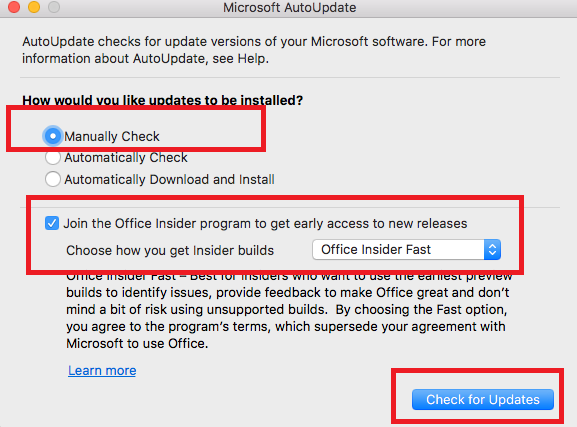Hosts File Editor For Mac
The risks of editing hosts file Remember, you’re rerouting a domain to an IP address, not specifically a website. So if you have set one domain to be sent to another site, this depends on the IP address staying the same. If the destination website changes its IP address, your new route will no longer be valid, with the domain either ending up in a new website or producing an error message. If your server is still taking too long to process requests, it may not be the DNS lookup that is slowing you down. It might be worth running a full clean of your OS to make sure the lag isn’t coming from your Mac.
Mac Hosts File Not Working
A hosts file is a plain-text file used by your Mac or Windows computer to map hostnames to IP addresses. Modifying your computers hosts file is a useful if you wish to preview your website on Ecenica without modifying your domain name. The Mac Hosts File: How to Modify /etc/hosts in OS X with TextEdit Feb 29, 2016 - 14 Comments The Mac hosts file is a system level file located at /etc/hosts which maps IP addresses to host names for Mac OS X networking.
Click on the icon for Microsoft AutoUpdate wait until menu pops up. ] However, easiest way to locate it is while in Excel, go to Help > Look for Updates. When comes on, the AutoUpdate will show up in the Dock.
The problem with the HOSTS file is that it can be a pain to make updates to, but there are tools that try to make it easier. We’ve already that will help users make those changes, and today we are talking about a free Mac app called that does the same sort of thing.
MAC here of course does not at all refer to Mac as in Apple etc, but to networking since the 60ies or so, an acronoymfor Machine Address C.? In the host file we can obviously deal with higher-level of TCP/IP. 10.10.10.10 or 192.158.255.1 or whatever your local network or even WAN is using. We can also run various DNS servers, bind and whatnot. THE QUESTION IS HOWEVER if there is some easy way of FORCING such hardware adresses to cause resolution of FQDN, hostnames such as indeed id.local in OTHER contexts than eg macOS or Homebrew SSH which accidentally does support Bonjour but connects, as environment on the remote host shows (the MAC addresses, I think?, of the Mac that makes the connection, the environment shown is for the host one connects to, whereby such variables are set, but not with IP for Bonjour, but for hardware addresses).
Hosts File Windows 10
If you don't want your Mac to access certain websites, use 127.0.0.1 for IP address. This will reroute the address back to your Mac. For example, if I wanted to block the access to Facebook on a particular Mac, I would edit hosts file to look like this: Note: If the file is locked to prevent you from editing it, which is likely if you’re running on OS X 10.11 or later, you must disable SIP protection before you can make any changes. Firefox mac 10.6.8 download. 3) Save the file, and then drag it back into the ‘etc’ folder. Your Mac will ask if you want to replace the file, which you do, and you will have to enter your administrator password to save the changes.
